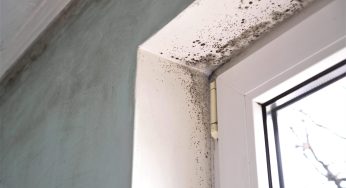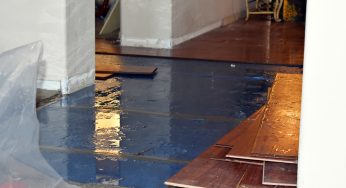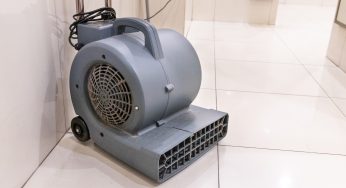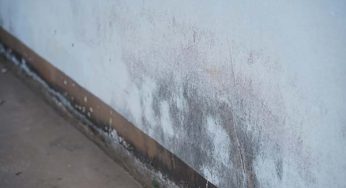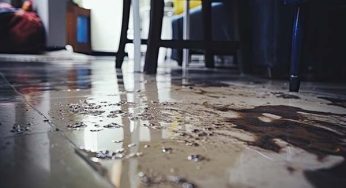Drying is a key component of the restoration process, as it helps to remove moisture from affected materials and prevent further damage. There are several different methods of drying, each with its own advantages and disadvantages. The type of drying method used will depend on the type of material being dried and the extent of the damage.
One of the most common methods of drying is air drying. Air drying is often used for small areas of damage, as it is a relatively gentle process. However, air drying can take a long time, and it is not suitable for all materials.
Another common drying method is dehumidification. Dehumidification involves using a machine to remove moisture from the air. This can be an effective way to dry large areas quickly. However, dehumidification can be expensive, and it is not suitable for all materials.
The third type of drying method is freeze drying. Freeze drying involves freezing the material and then using a vacuum to remove the moisture. This is a very effective way to dry materials, but it is also very expensive.
Drying is a vital step in the restoration process, and the type of drying method used will depend on the type of material being dried and the extent of the damage. Air drying, dehumidification, and freeze drying are all common methods of drying.





